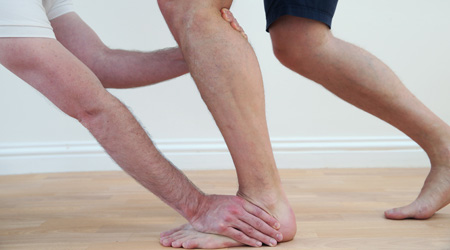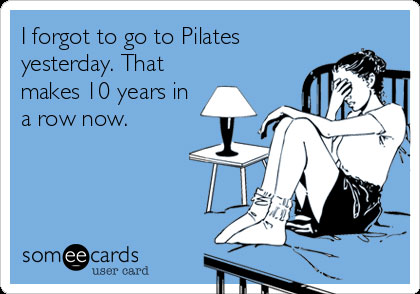
Ankle Injury – How to exercise to recovery
9th February 2016
What is Pilates?
24th March 2016Tennis elbow: The facts Tennis elbow: The myths
- You only get it from playing tennis – WRONG
- You can’t do anything about it -WRONG
Tennis elbow : The truth
- It is usually due to a problem with the rather tongue twisting named muscle & tendon unit : extensor carpi radialis brevis or ECRB for short.
- You can get it better. The research shows that physiotherapy is more effective than a cortisone injection in the mid to long term. (Barr 2009)
- It is characterised by pain at the lateral/outer side of the elbow typically on gripping and lifting activities and the area is tender when pressed firmly.
- Pain can be referred from the neck, shoulder or elbow joint itself so it is important to rule these out.
- Most commonly it affects the dominant arm and is most prevalent between 35-54 years of age.
- The average duration of a typical episode is between 6 months and 2 years(Smidt 2006)
- Recurrence rate ranges between 33-50% after 18 months (Berglund 2008).
Everyone is different, but once a specific diagnosis has been made,treatment options include:
Work ergonomics, Improving flexibility, Improving strength, manual therapy, taping & acupuncture.
Want to get rid of the pain quickly and prevent it coming back?
Get in touch and book in!
References
- Alizadehkhaiyat (2007) Upper limb muscle imbalance in tennis elbow: a functional and EMG assessment. Journal of Orthopaedics Research. 25;1651-7
- Barr S, Cerisola FL & Blanchard V (2009) Effectiveness of corticosteroid injections compared with physiotherapeutic interventions for lateral epicondylitis : A systematic review. Physiotherapy, Dec; 95 (4): 251-65.
- Berglund KM, Persson BH & Denison E (2008) Prevalence of pain and dysfunction in the cervical and thoracic spine in persons with and without lateral elbow pain. Manual Therapy 13;295-299.
- Bunata R, Brown D & Capelo R (2007) Anatomic factors related to the cause of tennis elbow. Journal of Bone and Joint Surgery. 89;1955-63.
- Green S, Buchbinder R, Barnsley L, Hall S, White M, Smidt N, Assendelft WJJ. (2008) Acupuncture for lateral elbow pain. Cochrane Database of Systematic Reviews Issue 1.
- Kibler B& Sciascia A (2004) Kinetic chain contributions to elbow function and dysfunction in sports. Clinical Sports Medicine. 23;545-552.
- Pasternack I (2001) MR findings in humeral epicondylitis. A systematic review. Acta Radiologica. Vol. 42 (5), pp. 434-40.
- Smidt et al (2006) Lateral epicondylitis in general practice: Course and prognostic indicators of outcome. Journal of Rheumatology.33;2053-9.
- Struijs (2003) Manipulation of the wrist for management of lateral epicondylitis: a randomized pilot study. Physical Therapy 83(7);608-16
- Trinh K (2004) Acupuncture for the alleviation of lateral epicondyle pain: a systematic review. Rheumatology 43; 1085-1090.
•Woodley (2007) Chronic tendinopathy: effectiveness of eccentric exercise. Br J Sports Med.41:188-198
It would be great to hear your comments about this article

